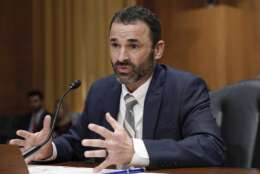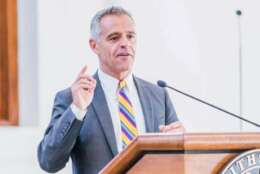Management
-
The review also uncovers a leadership failure to do historical comparisons to identify year-to-year trends in harassment.
April 23, 2024 -
The Public Buildings Reform Board finds agency headquarters buildings operated at 12% of their estimated capacity, on average, from January-September 2023.
April 22, 2024 -
WHS’ customer experience strategist shares details about how the organization intends to improve experiences and services delivery for its customers.
April 22, 2024 -
The Pregnant Workers Fairness Act requires agencies to provide reasonable accommodations, from longer breaks to telework.
April 22, 2024 -
A recent update by the Office of Management and Budget aims to give state, local, and tribal governments more autonomy on how they spend federal grant money.
April 19, 2024 -
David Cattler, a longtime intelligence official, sees a range of both near- and long-term priorities in his new role as director at DCSA.
April 19, 2024 -
Defense officials want to demonstrate a new demolition and consolidation concept at five bases over the next three years.
April 19, 2024 -
The IRS is telling lawmakers that billions of dollars in multi-year modernization funds are helping the agency provide a level of customer service.
April 18, 2024 -
The IRS’ direct file program was created to make things easier on taxpayers. Direct file, as its called, helps certain taxpayers file their tax returns for free
April 18, 2024 -
Starting in this year’s Open Season, agencies will be required to validate participant eligibility for a random sample of at least 10% of FEHB enrollments.
April 17, 2024 -
David Lebryk, the fiscal assistant secretary at the Treasury Department, said a new machine learning tool is reducing the chance of fraud from paper checks.
April 17, 2024 -
Accountability, performance measurement, and the interplay between political appointees can get complicated.
April 17, 2024 -
Postmaster General Louis DeJoy said USPS is seeing “significant issues” with on-time delivery in regions where USPS is opening massive new facilities.
April 16, 2024 -
The Combined Federal Campaign wrapped up its annual effort with a Finale & Awards Ceremony. It signifies another year of volunteering for charitable causes.
April 16, 2024 -
The Federal Sustainability Plan calls for a 65% emissions reduction by 2030 and net-zero by 2050.
April 16, 2024















